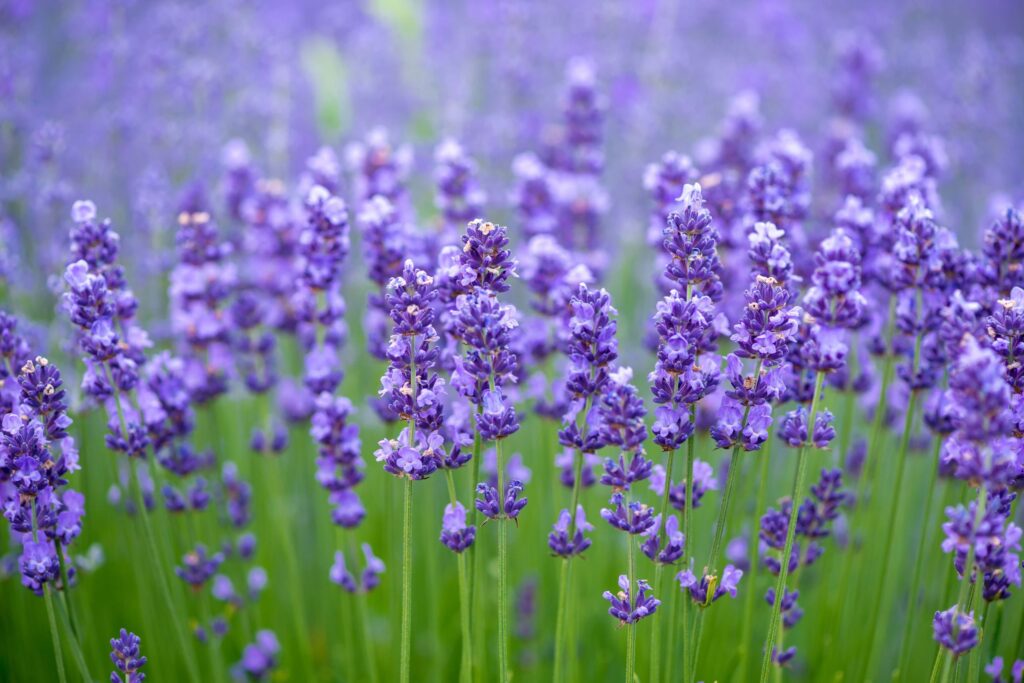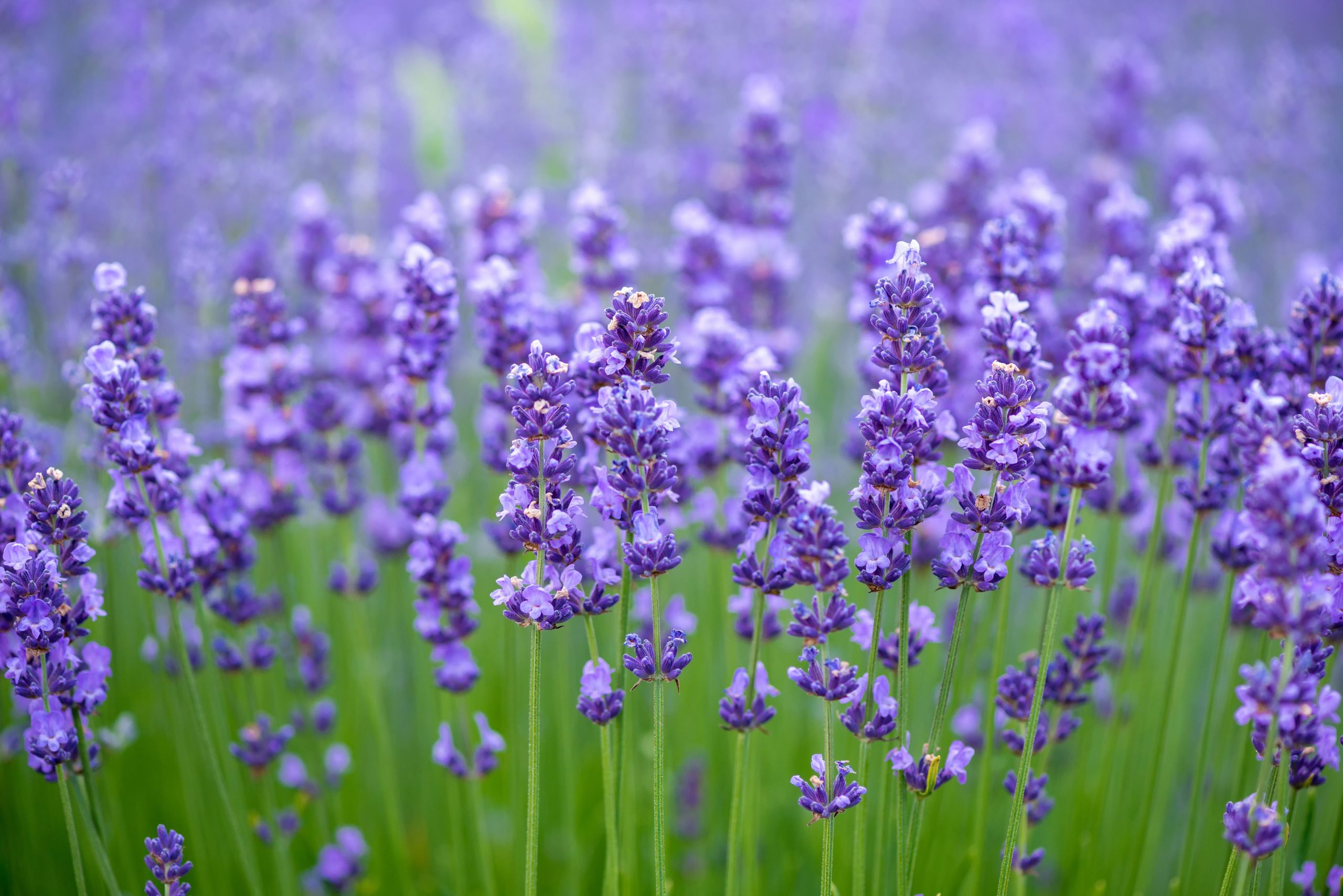By Mool Raj
The hills of Doda district in Jammu and Kashmir is a beautiful valley known not just for its natural charm but also for its growing success in farming. Bhaderwah, often called “Mini Kashmir” because of its stunning views, has become the main center for lavender farming in India. Every summer, the valley turns a vibrant shade of purple as lavender flowers bloom, filling the air with their soothing fragrance.
This remote Himalayan town has found global relevance not through industrial ventures or high-tech enterprises, but through a quiet agricultural revolution, one that brings together tradition, science, and sustainable livelihoods. Lavender farming in Bhaderwah began modestly, as a small-scale experiment encouraged by the Indian Institute of Integrative Medicine (IIIM) and the Council of Scientific and Industrial Research (CSIR) under their Aroma Mission. The valley’s unique microclimate, with its cool summers and rich, well-drained soil, turned out to be perfectly suited for lavender cultivation.
In a short span of time, lavender farming has evolved from a curiosity into a robust economic backbone for many local families. Farmers who once depended solely on maize and traditional crops now find steady income in cultivating lavender, which requires minimal water and is resilient against pests—a critical advantage in a changing climate. The extracted lavender oil from Bhaderwah’s fields is today in high demand across the cosmetic, pharmaceutical, and aromatherapy industries. With its therapeutic properties and global market appeal, lavender is now rightly dubbed “purple gold.”

Recognizing the growing success and national attention, the region celebrates its lavender revolution each year through the Bhaderwah Lavender Festival, held during peak bloom in June. The festival is a sensory spectacle—fields drenched in purple, the air filled with the herb’s relaxing fragrance, and the backdrop of the majestic Himalayan range offering a picture-perfect setting. Visitors are welcomed into this floral paradise, not just to witness its beauty, but to understand the entire value chain behind lavender. Guided tours of farms, live demonstrations of oil distillation, and interactive workshops on the uses and health benefits of lavender make it both an educational and immersive event.
More than a visual treat, the festival is a cultural celebration too. Local artisans and women-led cooperatives showcase handmade lavender products—ranging from oils and balms to soaps, perfumes, herbal teas, and even culinary items like lavender-infused honey and chocolates. Traditional music performances, local delicacies, and handicrafts add to the vibrant atmosphere, making the festival a holistic showcase of Bhaderwah’s natural and cultural richness.
What started as a farming initiative has now blossomed into a full-fledged tourism industry. Lavender tourism is attracting nature enthusiasts, wellness seekers, photographers, and travelers looking for peaceful alternatives to conventional tourist spots. In response, homestays, eco-resorts, and guided trekking experiences are sprouting across the region, creating new employment opportunities and enhancing the village economy.
This transformation would be incomplete without the efforts of Hamiast, a brand that has become synonymous with the lavender story of Bhaderwah. Dedicated to preserving the agricultural and cultural heritage of Jammu and Kashmir, Hamiast works closely with local farmers to ensure high-quality produce while promoting eco-friendly farming practices. Their line of products—especially the popular green teas infused with lavender—has found a niche among wellness enthusiasts. Each cup tells a story of the mountains, of farmers’ hard work, and of the region’s revival through responsible enterprise.
Beyond consumer products, Hamiast also plays a pivotal role in connecting local farmers to larger markets. Bulk supplies of lavender buds and oil are delivered to cosmetic companies, aromatherapy brands, and natural food product manufacturers, spreading the scent and significance of Bhaderwah far beyond its borders. With increasing global demand for organic and sustainable ingredients, Bhaderwah’s lavender is poised to leave a fragrant mark on international markets as well.
The success in Bhaderwah is sparking interest in neighboring areas too. Inspired by its model, farmers across other parts of Jammu and Kashmir are exploring the potential of aromatic crops, encouraged by government support and research-backed initiatives. The lavender fields, once seen merely as scenic spectacles, are now a beacon of rural empowerment, resilience, and revival.
As the fields bloom each year and the festival grows in stature, the people of Bhaderwah continue to write their purple story—one that intertwines nature, enterprise, and community in a fragrant dance of hope. For visitors, a trip to Bhaderwah during lavender season offers more than just visual splendor—it’s an invitation to breathe, to reflect, and to witness how a simple flower has redefined the future of an entire valley.
The views expressed in this article are solely those of the author and do not necessarily reflect the opinions or views of this newspaper
